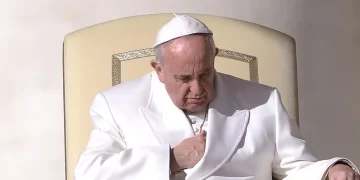Ghana’s total public debt stock reached Ȼ105.1 billion at the end of May 2016, representing 66.4 percent of Gross Domestic Product (GDP) as against Ȼ104.5 billion at the end of April 2016, representing 66.3 percent of GDP.
Out of the total debt stock, debt incurred internally was Ȼ43.2 billion, representing 27.3 percent of GDP, while the external debt stock stood at Ȼ61.9 billion, representing 39.1 percent of GDP.
Since January, this year, the country’s debt has been increasing, crossing Ȼ1 billion month on month.
In January, the debt was Ȼ101.1 billion and increased to Ȼ102.3 billion in February.
In March, the debt rose to Ȼ103.1 billion.
The NDC government inherited a debt stock of Ȼ9 billion in 2008 but has succeeded in increasing it to Ȼ105.1 billion as at May, 2016.
Contradiction
The Ministry of Finance put the total national debt at Ȼ97.2 billion at end of December last year but the Central Bank on a number of occasions could not provide the figure in its Monetary Policy Committee (MPC) report.
Government has not been forthwith with the true state of the country’s total debt since January, this year.
Policy Rate Maintained
Meanwhile, the Monetary Policy Committee (MPC) of the Bank of Ghana (BoG) maintained the policy rate at 26 percent.
This is the fourth time that the Central Bank has maintained the policy rate since January this year.
In assessing the current economic conditions, the Committee said the risks to inflation and growth are balanced and decided to maintain the policy rate.
Dr. Abdul Nahir Issahaku, Governor of the Bank of Ghana (BoG), who was addressing the press, said “the tight policy stance, inflows from the cocoa pre-export finance facility and expected issuance of the Eurobond in the last quarter would boost reserves, improve liquidity on the foreign exchange market and support the disinflation process over the forecast horizon.”
Growth and risk
He said growth prospects for the rest of the year would be impacted positively by the stability in the foreign exchange market, continued improvement in consumer and business sentiments and the realization of additional oil and gas production from the TEN oil fields.
However, he said risks to the growth outlook, such as the tight credit conditions, electricity supply shortfalls and continued fiscal tightness, may moderate the pace of economic expansion.
Source: Daily Guide

































